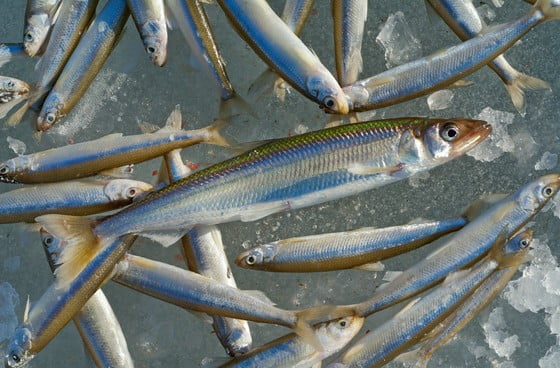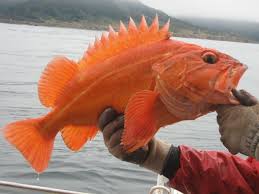
CHICAGO – This month’s Seasonal Intensive Monitoring (SIM) survey, designed to leave nothing to chance and investigate each nook and cranny of selected Illinois waterways for Asian carp, came up with plenty of fish, but no bighead or silver carp.
“It certainly is good news to be able to report that no bighead or silver carp were found during this round of monitoring,” said Kevin Irons, co-chair of the Asian Carp Monitoring and Response Workgroup and manager of the Illinois Department of Natural Resources (IDNR) Aquatic Nuisance Species program. “We intensively monitor waters connecting the Illinois River to Lake Michigan for Asian carp twice a year, each year, and we’re pleased to see our carp mitigation efforts paying dividends.”
Efforts by the IDNR, Illinois Natural History Survey, U.S. Fish and Wildlife Service, and U.S. Army Corps of Engineers during the SIM, conducted June 3-14, included environmental DNA (eDNA) surveillance at more than 400 sites and investigation of 602 sites for fish. Crews in the surveillance area used a variety of methods to look for silver carp — the fish commonly known to jump out of the water in large numbers in other areas of the country — and bighead carp.
Environmental DNA was detected in Lake Calumet this April, a focus of the monitoring this spring. While eDNA has been detected in Chicago for years at low rates, studies have shown it does not necessarily indicate that a live fish is the source. Rather, it could be from plentiful waterbird populations in the area, hulls of boats and ships, or even a dead fish which is found occasionally after leaping onto a vessel as much as 100 miles away.
“So many factors can combine to lead to the detection of eDNA, which is why agencies responsible for monitoring these waterways have a plan in place to continuously monitor, rather than defensively respond, each time eDNA is found,” Irons said. “It is only with a combination of this new scientific approach and intense and prescribed fishing that we can be fully informed of the status of Asian carp in the waterway, and these results are very encouraging.”
More promising was the amount of diversity noted in the fish observed during the SIM.
“It is remarkable to see the diversity in the fish community we observe during these SIM events,” said John Dettmers, co-chair of the Asian Carp Monitoring and Response Workgroup (MRWG) and director of Fishery Management at the Great Lakes Fishery Commission. “The 49 species collected during this spring effort alone show that we see quite a different waterway than was present 20 years ago due to improvements in the water quality throughout Chicago’s canals and rivers.”
The MRWG is part of the Asian Carp Regional Coordinating Committee (ACRCC), a collaboration of 28 agencies committed to the management and control of Asian carp. The committee assures resources and plans are in place to protect the Great Lakes from these invasive species.
The MRWG, a subcommittee of the ACRCC, was established to determine the distribution and abundance of Asian carp, manage and control actions to prevent the upstream passage of Asian carp towards Lake Michigan, and establish comprehensive procedures for responding to changes in Asian carp population status. The group produces a monitoring and response plan which spells out specific actions to be taken if Asian carp are detected where they should not be. IDNR and the Great Lakes Fishery Commission co-chair the MRWG, which is funded through the 2019 Asian Carp Action Plan.
To date, MRWG and other efforts have reduced the Asian carp population at the leading edge of the invasion in the Illinois Waterway by 96 percent. Continued efforts are necessary to protect the Great Lakes with enhanced efforts to be unveiled later in 2019. These enhanced efforts target the Peoria Pool of the Illinois Waterway with the intent to further control and reduce upstream populations.
To learn more about Asian carp and the ACRCC, visit asiancarp.us. To view the most recent MRWG work plan, visit asiancarp.us/Documents/MRP2018.pdf.
###

